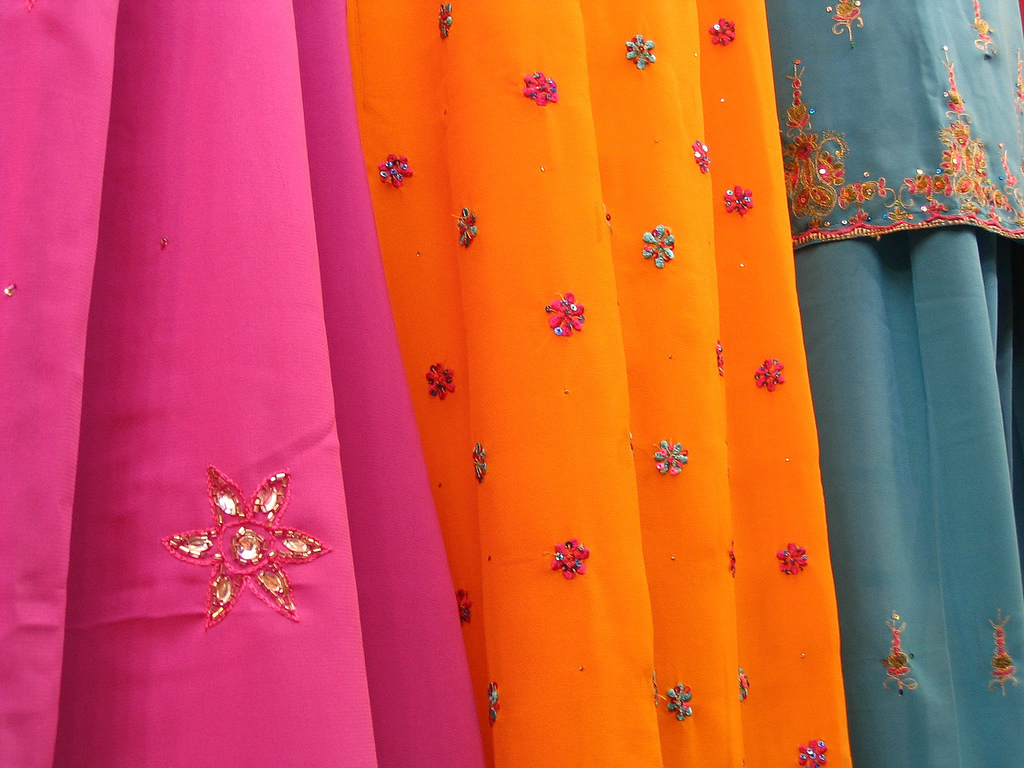Today, making and keeping connections with American Muslim youth sits at the top of the priority list for Muslim communities across the United States. We are witnessing an increase in the rise of youth groups, organized youth associations, and Islamic classes geared specifically towards youth. Facilities are becoming widespread, but the real preparation lies not within room availability but in didactics; how can parents, teachers, and leaders communicate Islam to an entirely new species – Muslim youth of the 21st Century – while being “down” and “straight” with all that is “street?”
Educators Habeeb and Sa’ad Quadri attempt to navigate through this intricate intersection of sociology, biology, theology, and youth-ology in their book entitled, The War Within Our Hearts. Divided into various sub-topical sections, this “how-to” guide is a youth-accessible tool for handling common teenage pressures and experiences. The curious young reader will find themselves surprised by the unique word choice used for chapter titles. Using such slang vocabulary (also explained in layman’s terms) like “In Da Club” (Parties), and “Yo Mama Is So…” (Insulting People), there is little chance that people won’t flip over to those chapters.
The authors are to be commended for bringing to light issues that have traditionally been considered taboo in the American Muslim community. The topics of chatting (in the “Chats, Blogs, Facebook, Oh My” chapter), pornography (in the “Fantasy World” chapter), and suicide (in the “I Can’t Fight this Feeling Anymore” chapter) are some of the critical issues that the authors attempt to break down for young readers.
No “how-to” guide for young Muslims would be complete without sections on chastity, modesty, and gender roles. As a culture operating within a hyper-sexualized environment, supplemented with ongoing debates about the position of men, women, and veiling, American Muslim youth require an explicit breakdown of Islam’s take on gender roles. This book demonstrates the importance of chastity and modesty, taking into consideration various types of encounters between young men and women that occur today, and comparing them to stories from the time of the Prophets.
A position I disagree with however is the book’s stance on social networking that is propagated in the book. The authors write, “Cool pictures, phrases, and lines of poetry are common profiles. “Deep thoughts” or “reflections” are growing as well as they give a glimpse into person’s deeper, more intimate side. But all of these features are just finely crafted measures taken by individuals in order to portray themselves as people they really are not.” While it may be true that young people are very concerned with how they are perceived by others, the authors’ view removes the possibility that young people are sincerely expressing themselves. The authors generalize the world of social networking as a portal to a world made of artificial, plastic beings. This discussion would be much stronger if explained through the lens of preservation of dignity and self-respect, rather than dismissing what could be the core of peoples’ hearts and minds. That is what adolescence is about: finding the “core” of our beings.
As an adaptation from what is arguably “pop culture technique,” the authors have included an introduction by one of the great Muslim scholars and role models of our time, Imam Zaid Shakir. His introduction sets the stage for the book, serving to bridge the gap between old and new, and articulately connecting teenage struggles to the state of the ego. Like pop culture superstars who endorse consumer products, Imam Zaid Shakir plays a parallel role, endorsing a set of morals for youth to live by.
A small point of disappointment is the book’s tone and title, The War Within Our Hearts; it is difficult to accept “war” terminology in relation to spiritual and practical development, especially when Muslims all over the world are trying to distance themselves from an Islam characterized by violence, and the threat of youth radicalization that looms heavy.
The War Within Our Hearts serves as an adequate orientation to the rough terrain that youth will traverse in their paths to adulthood; its language and presentation may indeed help American Muslim youth connect with the content by first connecting linguistically with the book. The substance of the chapters derives a balanced diet of narrative, pop culture bytes, statistics, and ample Quran and Hadith background, which is most suitable for readers in their early- to mid-teens. It is also a welcome change in how we inspire the practice of Islam in American Muslim youth: from a historically punishment-centered framework of teaching Islam, to an encouraging and rewards-centered approach that is, no doubt, “off the chain.”
Shazia Kamal is a writer and activist interested in social justice issues. She lives in Los Angeles, CA.





Assalamualaikum Wa Rahmatullahi Wa Barakatuhu,
We appreciate you taking your time out to read and review our book, and we especially appreciate the constructive criticism you provided us through your review. We do recognize there are issues with our writing and approach that we hope to correct for future publications. Please feel free to contact us with more information and suggestions. Our e-mail addresses are located in the conclusion of the book (my e-mail address is .(JavaScript must be enabled to view this email address)). Take care.
Wa Assalamualaikum Wa Rahmatullahi Wa Barakatuhu
-Sa’ad Quadri